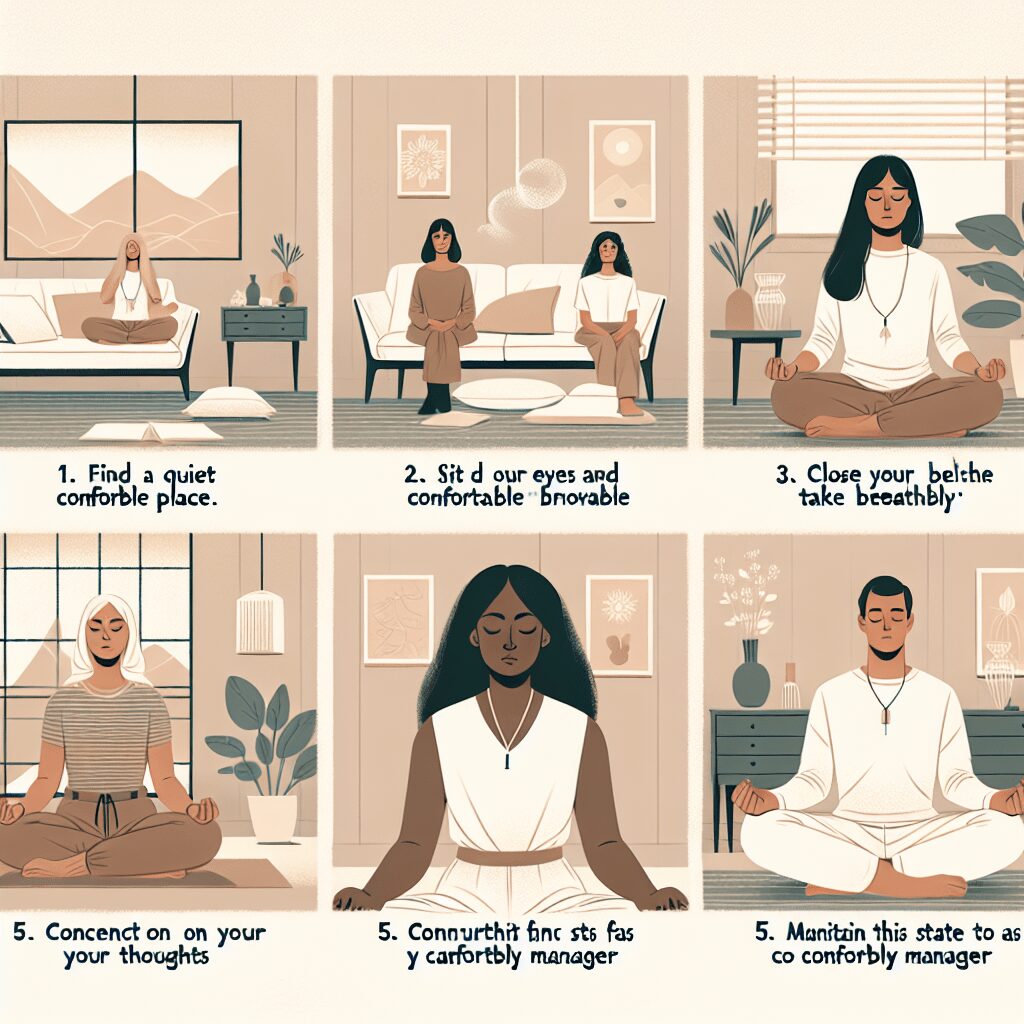
Prioritize your mental well-being daily. Enhance your life by nurturing your mental health with the Smart Meditation app. Break free from stress, alleviate anxiety, and enhance your sleep quality starting today.
What Makes This Diagnosis Different Than Generalized Anxiety Disorder And Panic Disorder?
The Intricacies of Anxiety: Distinguishing Between Disorders
Anxiety: it’s a word that’s often thrown around in casual conversation, but behind it lies a complex spectrum of disorders, each with its unique characteristics and challenges. When it comes to understanding the subtleties that differentiate various forms of anxiety, particularly between Generalized Anxiety Disorder (GAD) and Panic Disorder (PD), diving into the nitty-gritty can shed some much-needed light on the matter.
Unraveling Generalized Anxiety Disorder (GAD)
First up, let’s talk GAD. Picture this: worry that’s as persistent as a cat following you for that can of tuna in your hand. We’re talking about an overthinker’s nightmare – where everyday life becomes a breeding ground for anxiety that just won’t quit. If you’ve got GAD, it means you’re likely wrestling with excessive anxiety and worry more days than not, for at least six months, about numerous events or activities (like work or school performance).
But here’s the kicker: this worry is tough to control, and it seems to have a suitcase packed with at least three of its buddies – restlessness, being easily fatigued, difficulty concentrating, irritability, muscle tension, or sleep disturbances. It’s like having a worry party in your head that you never sent invites for.
Panic Disorder: A Whole Other Beast
Now, let’s switch gears and talk Panic Disorder. Imagine you’re chilling, minding your business, maybe even having a good time, when out of nowhere – BAM! – your body hits the panic button. This isn’t just any ol’ scare, like when you thought you lost your phone but it was in your hand the whole time. No, sir. We’re talking about a sudden surge of intense fear or discomfort that peaks within minutes, bringing with it a smorgasbord of symptoms like heart palpitations, sweating, trembling, feelings of shortness of breath, impending doom, or even fear of losing control or “going crazy.”
And here’s the real kicker – these attacks can pop up unexpectedly, without any apparent reason, or they can be triggered by certain situations. However, it’s the worry about additional attacks or their consequences (like freaking out about the possibility of freaking out) that really seals the deal on a Panic Disorder diagnosis.
Spotting the Differences
So, how do you tell these two apart? Let’s break it down:
-
Frequency and Focus of Worry: GAD is like playing a greatest hits album of worry on repeat. It’s broad, persistent, and revolves around everyday things. On the flip side, Panic Disorder is more about specific, intense episodes of dread that seemingly hit you out of nowhere.
-
Physical Symptoms: While there’s a bit of overlap with symptoms like restlessness or sleep issues, Panic Disorder brings its own party favors, like those heart-pounding panic attacks we talked about.
-
Nature of Fear: With GAD, there’s this looming anxiety about a bunch of stuff – kinda like a cloud that just hangs there. Panic Disorder is more about the fear of the next panic attack itself, making it a bit of a self-feeding loop.
Getting to the Heart of the Matter
Understanding the differences between these anxiety disorders isn’t just academic trivia. It’s about getting to the heart of what’s bugging you, or someone you know, and tailoring the approach to kick anxiety’s butt effectively.
So, whether you’re battling an overactive worry gland à la GAD or navigating the sudden terror tsunamis of Panic Disorder, know this: identification is the first step towards management. And with the right help, strategies, and maybe a pinch of humor, you can navigate the complexities of anxiety and find your footing in a more serene mind space. Remember, it’s okay to reach out for a helping hand – because, let’s face it, we all get by with a little help from our friends (and sometimes, a professional or two).





